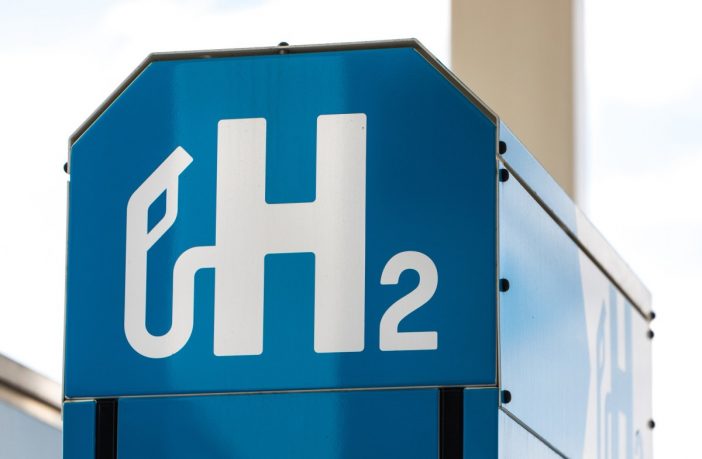
Quick: what was it the biggest failure of the cleantech bubble that burst more than a decade ago? Was it Solyndra, the innovative solar panel company that went bankrupt in the face of cheap competitors? A123 Systems, the pioneering lithium-ion startup that was ultimately sold for pennies on the dollar to a Chinese auto parts maker?
Probably not either.
No, the real failure was biofuels, which still burn in the engines of cars and trucks in the United States today. Corn ethanol, in particular, has been touted as a way to create jobs and support American farmers while reducing carbon emissions from the transportation sector. It accomplished the first two things, but rigorous research has shown that corn ethanol produces as many or more global warming emissions as just burning gasoline.
Hydrogen risks repeating the same mistakes, and the Biden administration’s regional hub project is not helping.
That’s not to say that the lightest element in the universe doesn’t have a potentially bright future. Hard-to-decarbonize industries like ammonia and steel are obvious targets, and producing enough hydrogen to satiate those sectors could drive prices down to the point where it makes sense to use it elsewhere.
But until then, there is little chance that hydrogen will become as common as gasoline. The advance of electric vehicles is almost certainly too much to overcome.
Solution looking for a problem?
Transportation is a key part of the $7 billion hydrogen hub program, but it’s not the only focus. In this sense, the federal government seems to have learned the lessons of the biofuel era. It’s still around, with all but the Heartland Center investigating the issue, but the focus is on trucking, shipping and aviation, not commuting. Various centers will study the application of hydrogen to the production of steel and glass, oil refining, space heating in cold climates and the production of fertilizers.
That’s a lot of shots, and one or more of them may hit the back of the net. But it may also be too much, making hydrogen a solution in search of a problem.
Tech




